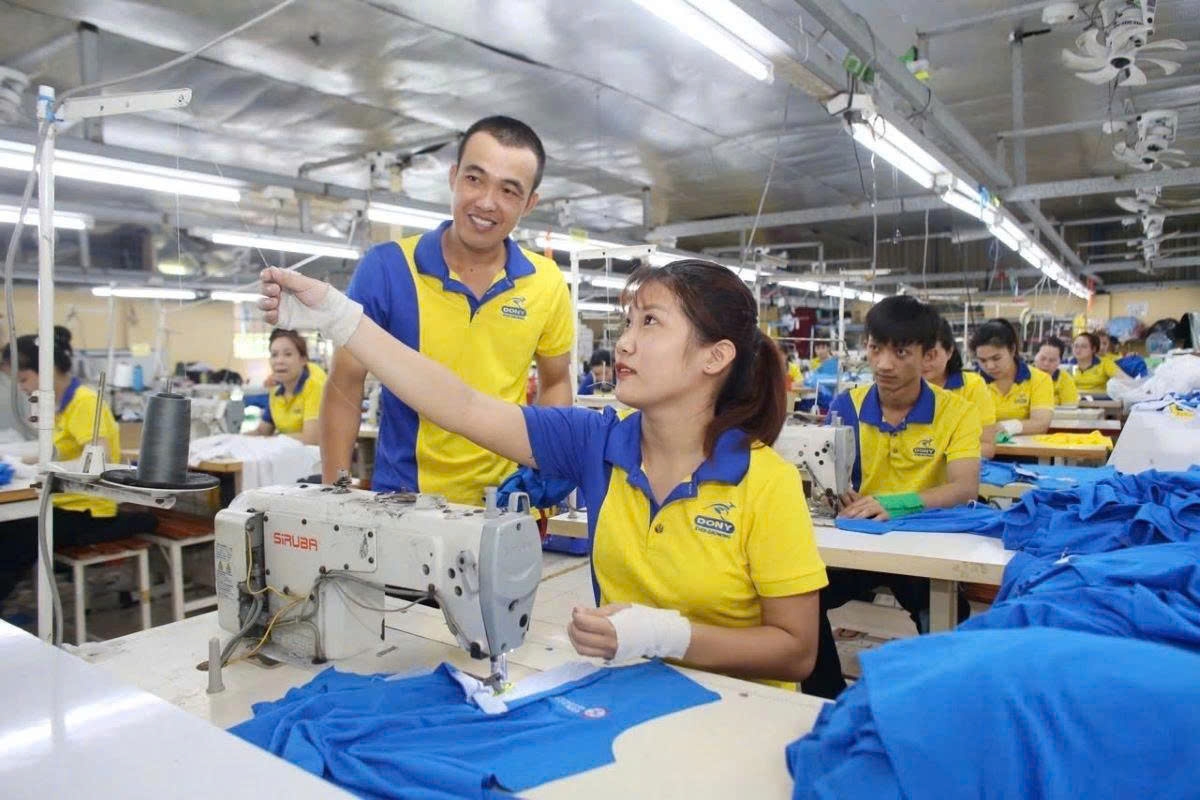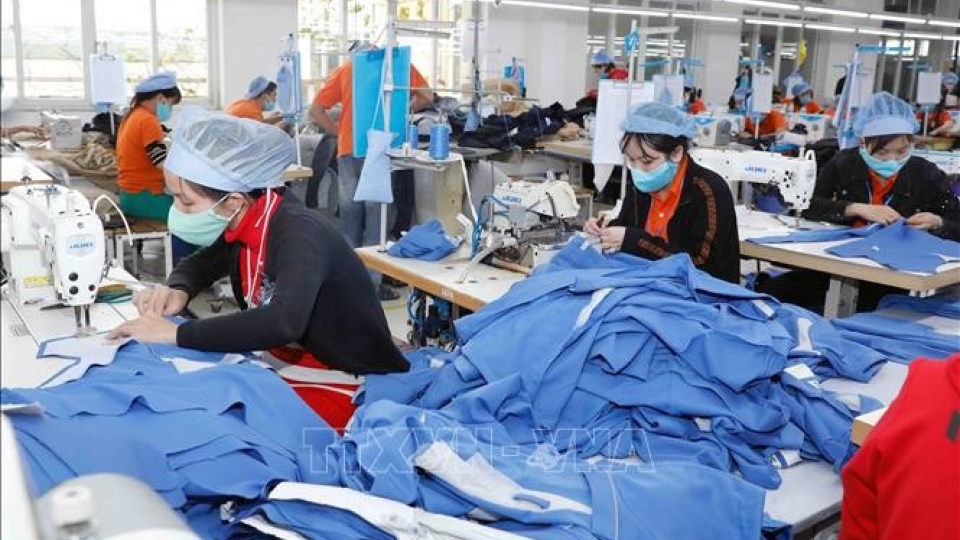Domestic market still holds huge potential for textile and footwear industries
VOV.VN - As global demand for Vietnam’s textile and footwear exports becomes increasingly volatile, the domestic market is seen as a major opportunity if it is fully tapped, said industry insiders at a conference held in Ho Chi Minh City on August 22.

Statistics show domestic consumption of textiles reached around US$5–5.5 billion, while footwear hit about US$1 billion last year. These figures reveal significant purchasing power at home, yet companies returning to the domestic market encounter multiple challenges.
Tran Huu Linh, director of the Domestic Market Development and Management Department, agreed that focusing on the domestic market not only helps businesses stabilise sales channels but also ensures consumers access high-quality products that meet global standards.
In particular, as exports face mounting challenges in major markets such as the United States, the European Union, the Republic of Korea, and China, effectively tapping into the domestic market is considered a strategic direction to maintain stable production and foster sustainable growth, he said.
However, businesses pointed to a number of obstacles. According to Phan Thi Thanh Xuan, vice president of the Vietnam Leather, Footwear and Handbag Association (LEFASO), Vietnam still lacks a comprehensive system of standards and regulations to control product quality, while counterfeit and substandard goods remain unchecked.
Meanwhile, she said, under the ASEAN–China Free Trade Agreement, fully imported footwear enjoys a 100% tariff exemption, whereas imported raw materials and components are taxed at 5–10%. This puts domestic producers at a clear disadvantage.
The domestic fashion and footwear market is currently split evenly, with 50% of the market share for foreign brands and the remainder for Vietnamese brands. Yet. local firms struggle with high dependence on imported inputs, weaker retail networks, and higher costs.
In rural areas, cheap Chinese and Thai products, along with counterfeits, still dominate. In urban markets, online shopping is booming, but most buyers prefer products priced below VND300,000 (around US$12). By contrast, many Vietnamese brands, such as Garment 28 Corporation, target the mid-range segment, making it hard to compete in the low-price market.
“Companies are forced to attract online shoppers with discounts and promotions. But cutting prices too much risks undermining the brand value we’ve built in the mid-range market,” stated Nguyen Thi Hong Trang, deputy head of the Research and Development Division of Garment 28 Corporation.
According to Phan Van Chinh, deputy director of the Domestic Market Department under the Ministry of Industry and Trade, the localisation rate in textiles and footwear is still only about 50%. Moving forward, Chinh said, the Ministry of Industry and Trade plans to propose policies to back supporting industries, distribution networks, and e-commerce development.
The Department will also work with e-commerce platforms to bring more Vietnamese products online, improving oversight and curbing counterfeits, he said.
As exports are under pressure, the domestic market remains a promising “home ground” with significant room for growth. If bottlenecks in policy, distribution, and unfair competition can be resolved, Vietnam’s textiles and footwear industries will be able to strengthen their positions right at home.





